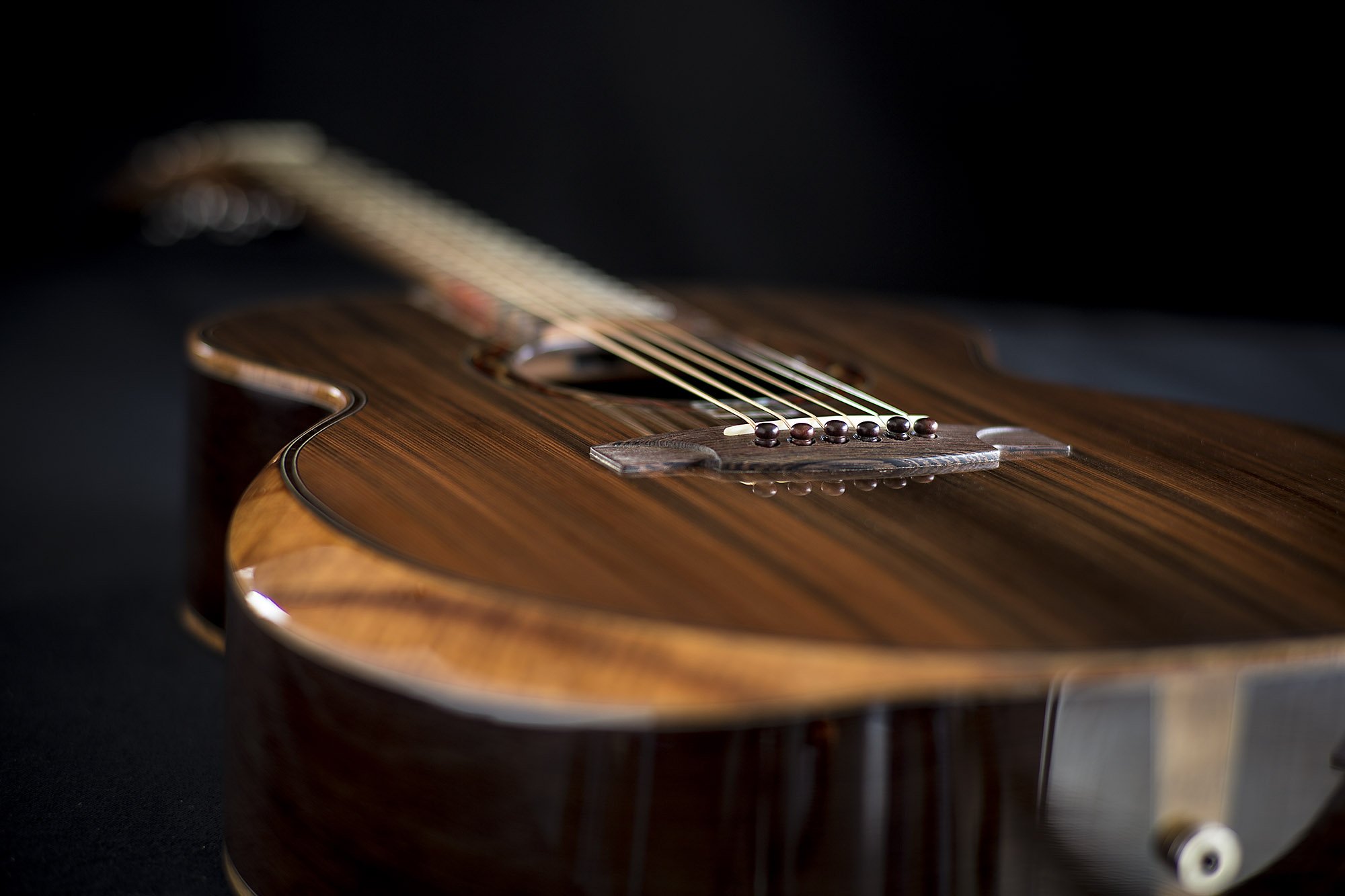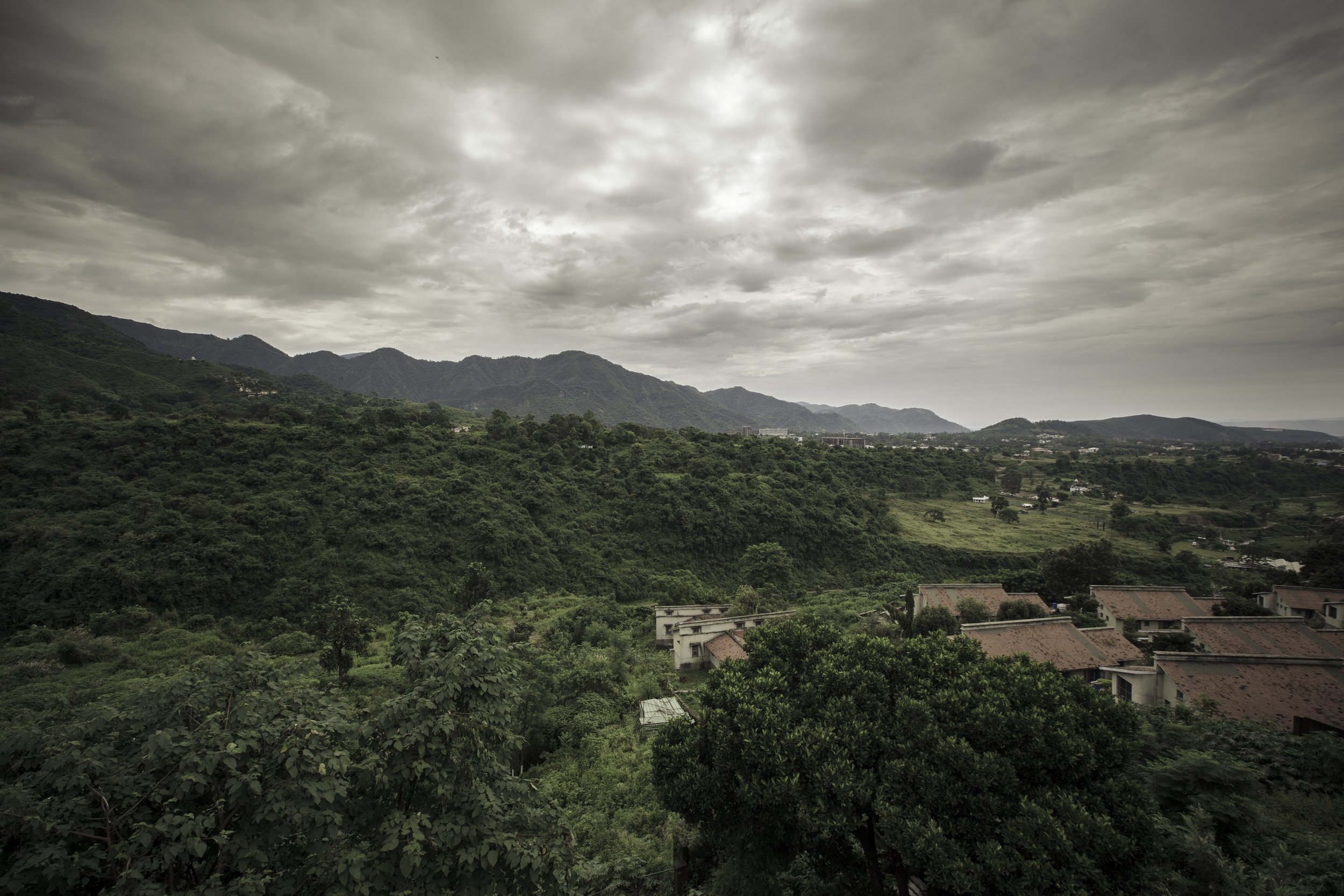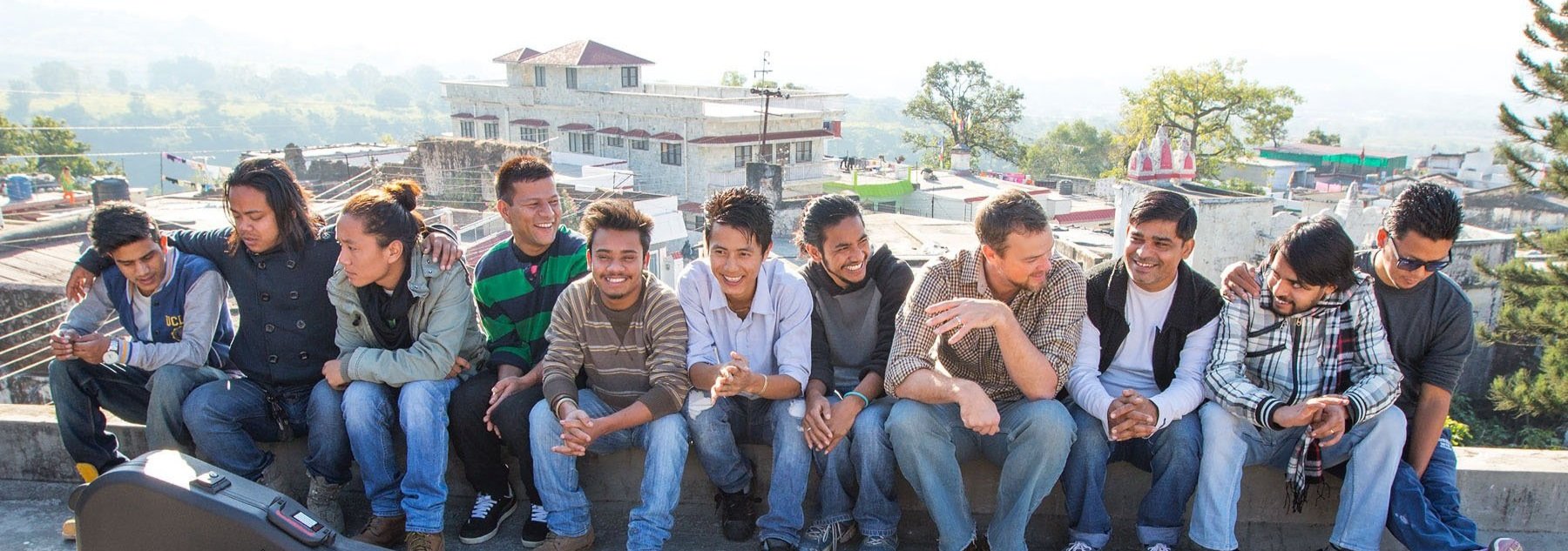Early on, we experimented with offset soundholes, tailpieces, elevated fretboards, double tops with space-age nomex cores, double sides, laminated braces, lattice bracing, rim struts, adjustable neck angles, sound ports, passthrough bridges and carbon fibre reinforcement.
We still incorporate some of these innovations.
























